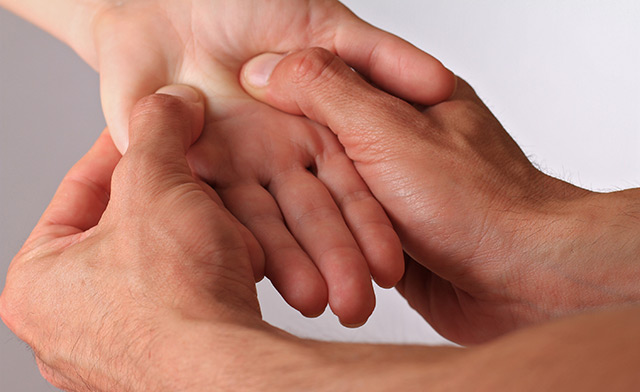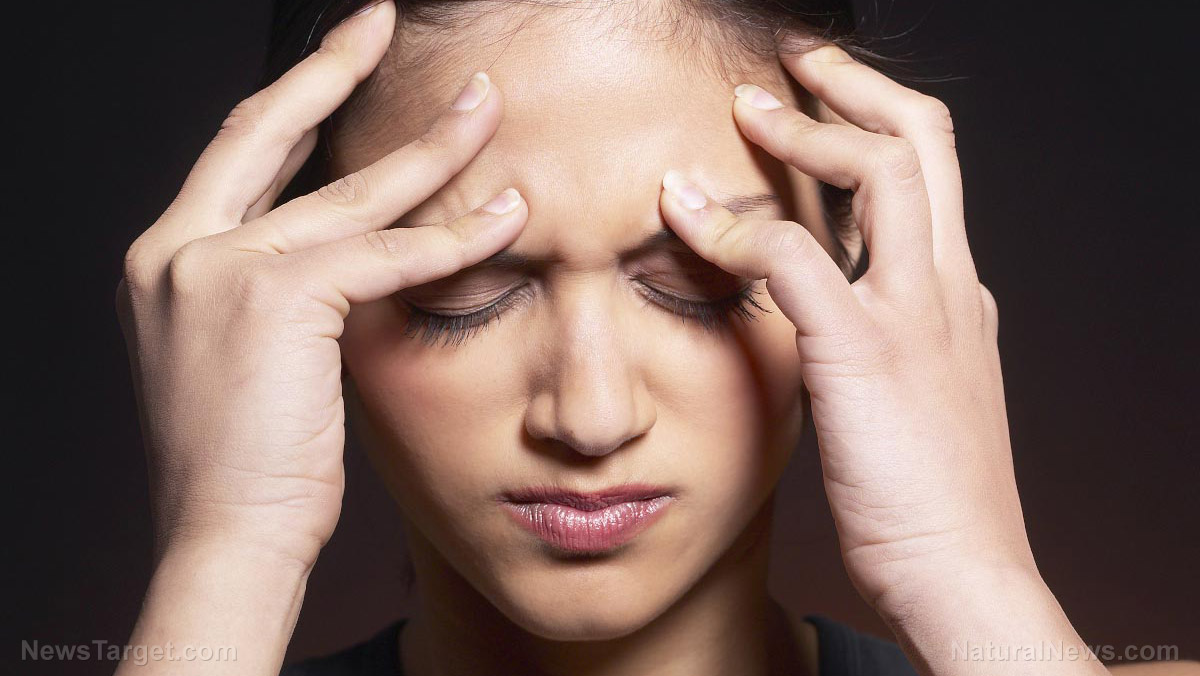
Acupressure points may help relieve and prevent spring allergy symptoms. This ancient technique is based on the principles and trigger points of traditional Chinese medicine (TCM). Acupressure is an ancient healing method that uses the fingers, the hands, or the elbows to gently press key healing points on the body, stimulating the body’s natural self-healing activity.
Relieve allergies with pressure points
Acupuncturists use key healing points to relieve symptoms of seasonal allergies. It’s ideal to go for acupressure before the onset of symptoms to prevent them, but if the symptoms have already kicked in, these acupressure points can still be effective in alleviating the symptoms. These steps have helped many people experience relief from runny nose, itchy eyes, and sinus headaches.
You’re aiming for these points on the face: Large Intestine 20, Stomach 2 and Bladder 2. All three points are pressed twice, symmetrically on both sides of the face, equaling six points. The six points on the face are considered a local acupuncture approach; needles (or fingers) are placed at the site of the problem. In this case, the points are near the nasal passages and forehead since this is often where allergy symptoms occur.
The first step is working with Large Intestine 20. It's a point on your face that corresponds to other body systems including the large intestine, as well as allergies. Find the outside of the nostrils with the outsides of your own two thumbs and, with medium pressure, drag the thumb upward on a diagonal.
Next, Stomach 2 – the points below the eye – should be pressed downward toward the mouth. Lastly is the Bladder 2. Tracing up from the nose, find the medial side of the eyebrows – the inside points closest to each other – and sweep your thumbs along the eyebrows. This can help open up the sinuses, which can be a huge relief for allergy sufferers. (Related: Acupuncture found to be a safe and effective alternative to dangerous painkiller drugs in hospitals.)
Allergies from an acupuncture perspective derive from an underlying imbalance. Because of this, acupuncturists often incorporate a seventh point to address the root cause of seasonal allergy symptoms. This point is Spleen 5, located below the medial malleolus – the prominent bone on the inner ankle – and toward the toes. It is done only on the left side.
Holding Spleen 5 at the same time as the six face points is difficult, but you don’t have to do them all together. Spleen 5 is easy to press while sitting and doing activities without the use of hands, such as watching TV. Try it sitting cross-legged; from a desk chair, you can prop your left foot onto your right thigh, which allows easy access to the acupressure point. You can try other positions as long as its comfortable for you.
Acupressure can relieve other aches and pains in the body. Find out how by visiting HealingArts.news today.
Sources include:
Please contact us for more information.























